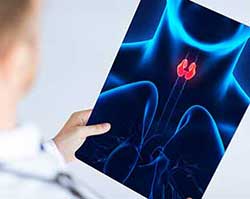Consult City's Top Doctors, The Minute You Need To
First Consultation starting
@ ₹249 ₹499
2907
Dermatologists
1076464
Cases done
by Dermatologists
1784
Hospitals
Loss of color and blotches on your skin? It is time to seek medical help!
About
Vitiligo is a skin condition which causes the loss of skin color and white patches appear on the skin. It can affect any part of the body.
Males and females are equally affected by Vitiligo.
Vitiligo affects 0.5 to 1% of the population around the world. It is a rare skin disease more commonly seen in darker skinned individuals. [5]
- Requires medical diagnosis
- Lab tests and imaging may be required
- Can happen to both males and females
- Chronic disease
Some risk factors which can predispose people at an increased risk of developing Vitiligo are:
- Genetic predisposition associated with vitiligo
- Family history of vitiligo
- Pernicious anemia
- Addison’s disease
- Autoimmune diseases such as Hashimoto's disease or Alopecia Areola
- Extreme sensitivity to the sun
Ages affected: It is most prevalent in individuals aged between 20 to 30 years of age.
Symptoms
People suffering from vitiligo experience the following symptoms:
- Depigmented spots on the skin
- Hair turning grey or premature white hair
- Change in the color of the retina
- Loss of color in the mouth and nose region
Treatment
Self-care:
Protect yourself from sun exposure by using a broad-spectrum, water-resistant sunscreen. Avoid getting tattoos which can cause damages your skin.
Medications:
The common treatments administered by medical professionals include melanocytes drugs and Tofacitinib drugs.
Specialists:
You should approach a board-certified dermatologist to diagnose and administer appropriate treatment for vitiligo based on your medical history. Discover solutions to all your health issues at mfine under the best medical experts.
Other Specialities
Give a missed call to 08061914343 to Download the App
































